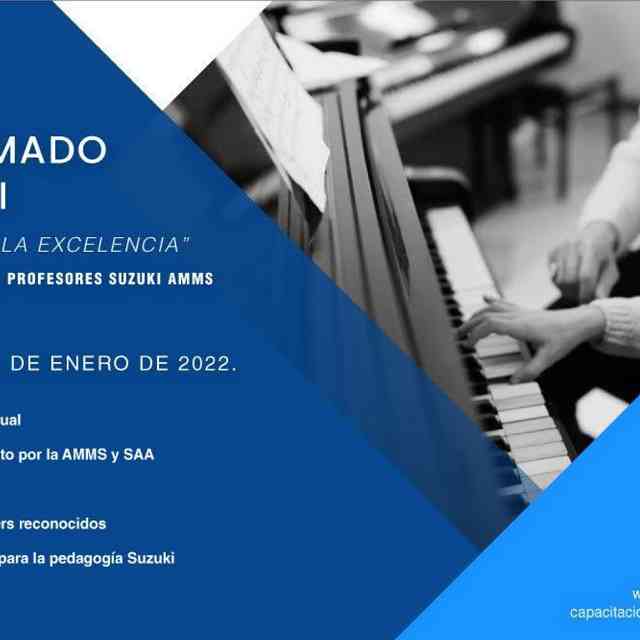During the SAA Conference last June, Marilyn O’Boyle asked if I’d like to do workshops in Chile and Peru in January of 1995. I was excited at the prospect, thinking of places like Machu Picchu that I’d always wanted to see. Soon, Caroline Fraser called to make a final schedule, and then came wonderful letters of hospitality and enthusiasm for Suzuki Early Education from Roberta Centurion and Sara Benites, in Lima and Santiago. I couldn’t imagine, they said, the degree of excitement about my workshops being generated in Suzuki circles in both cities. So, before I even left North America, I already had a sense of the energy and the passion to learn that I was about to discover.
After months of correspondence and preparations, I found myself descending into Santiago between pink- and orange tipped mountains. It was spectacular, and I was completely caught up with the mysterious beauty of it all. As I got through customs, I saw the very animated faces of my welcoming party, led by the lively and delightful Sara Benites. Surely, I thought, she must be a wonderful Suzuki teacher! With her were Carmen, a Suzuki mother who couldn’t do enough for the Suzuki program in Chile because her own son had benefited so much from it, and Gisele from Montreal, who translated. Concepcion Martorell, president of Asociacion Suzuki de Chile, graciously agreed to keep my students happy back at the school while I waited for a lost bag to catch up and grabbed a quick shower.
After waiting for me nearly three hours, the students actually gave me a standing ovation when I finally arrived in the classroom at Santiago College! I shook hands all around, learned that each student had at least four names, and decided I would do the best I could to remember at least one of them. I heard with amazement where they came from—the geography covered in that small classroom was from the top of Peru to almost the bottom of Chile, Punta Arenas, and included Bolivia and Argentina. These were teachers of small children and of college students, who taught in large cities and in the “Altiplano,” the highlands of the Andes. There were Suzuki music teachers of almost every instrument, including recorder, and Suzuki parents too. There was even an educational psychologist. It was a very cultivated and interested group of students.
In both Chile and Peru I found an incredible passion for learning among my students and was impressed at the results of all the careful Suzuki groundwork laid in South America over the years by pioneers Marilyn O’Boyle, Roberta Centurion, and Caroline Fraser. They were the ones I had to thank for the ease with which I could introduce Suzuki early education in both countries. These three remarkable women have systematically found the best teacher trainers they could for Chile and Peru, and I was honored to be a part of the next step—the move into general education with a Suzuki touch.
My South American students’ enthusiasm and creativity reminded me of the exciting beginnings of the Suzuki movement in this country. The freshness of the South American Suzuki programs and the teachers’ openness to learning is the real soul and spirit Dr. Suzuki has given us all. I was impressed with the powerful determination of these teachers to find the best, through education, for the children of the countries they so deeply love. And the fact that they all abandoned their summer vacations to take my course!
In fact, the Suzuki philosophy seems to fit particularly well into the lives of the people I taught. Their sense of the importance of the family and of cooperation among the ages both excellently complement Suzuki ideals. Two moments touched me very deeply, and they came at the last minutes of each workshop. In Chile, a Bolivian mother came up to me with tears in her eyes and said only, “My two sons are blind, and I am so happy they have Suzuki in their lives!” In Peru, a woman stood before the whole class and gave a short but impassioned speech of gratitude while looking at me so deeply and unblinkingly I thought she would penetrate my very soul. The words were in Spanish and my translator was so moved she forgot to translate, but I got the full feeling. I could not stop my own tears—it was the true heart-to-heart communication that Dr. Suzuki says is the most important. What she and others were really saying is, “Suzuki is my life!”
Special thanks to my excellent translators, Solange in Santiago, and Gail in Lima. Without them, none of this would have been possible.






